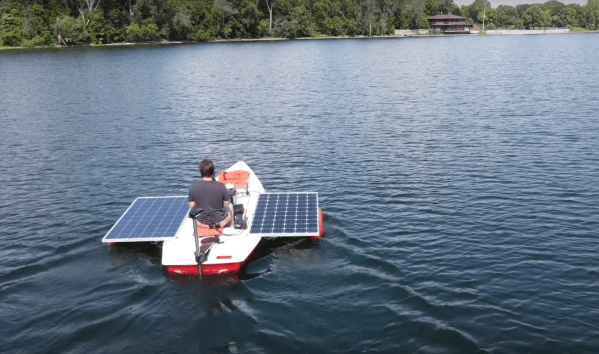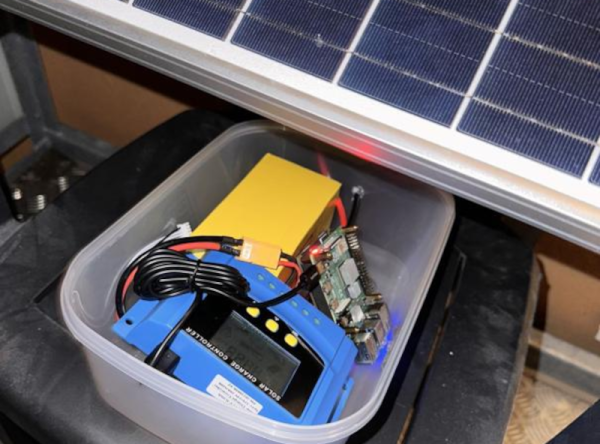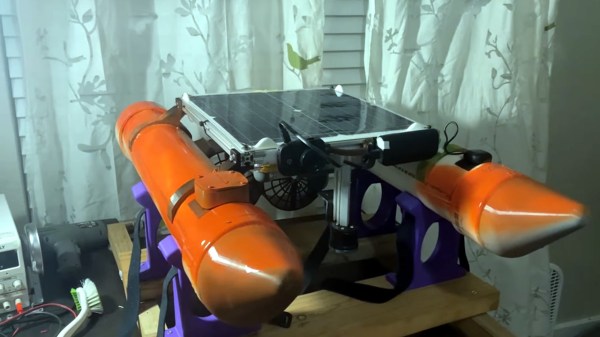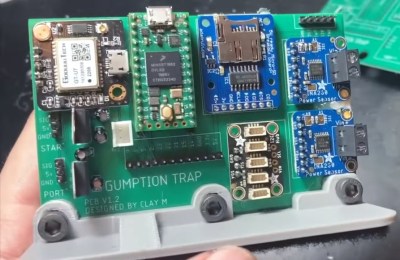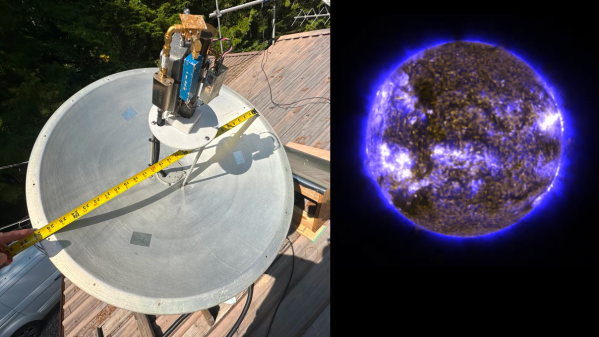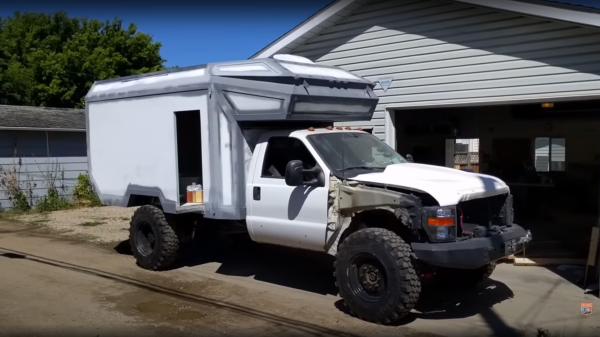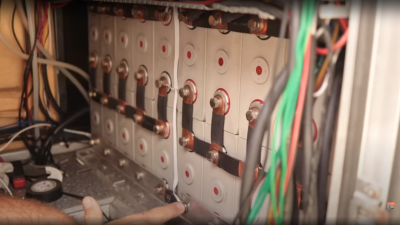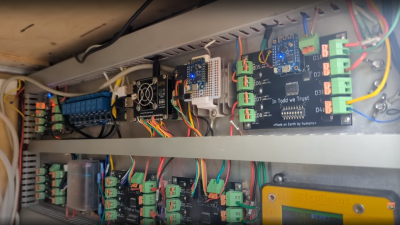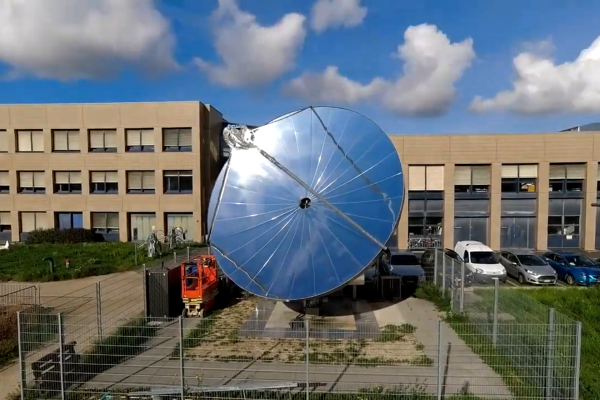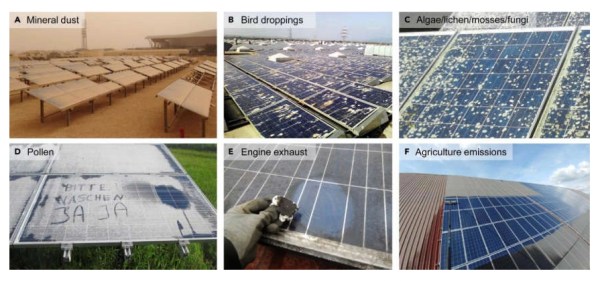The two best days in a boat owner’s life are the day they buy it, and the day they sell it. At least, that’s the common saying among people who actually spend money to buy a boat. [saveitforparts], on the other hand, looks like he’s going to have many more great days on this boat than that since he cobbled it together nearly for free, and he won’t even need to purchase any fuel for it since it runs on solar power.
The build starts with [saveitforparts] heading out to a literal pile of boats in his yard, unearthing an old single-person sailboat, and then fixing the major problems with its hull. With a new coat of red paint, the focus turns to the drivetrain. Propulsion is handled by an electric trolling motor found at an auction for $8 and is powered by an off-the-shelf battery bank provided by a sponsor of his channel. A pair of solar panels (which were traded for) fitted to outriggers keep the battery bank topped off, and there’s plenty of energy left over with this setup to charge drone batteries and other electronics while out on the lake.
[saveitforparts] reports that the single-passenger solar boat is remarkably stable on the water and fairly quick at full speed thanks to its light weight. He even hypothesizes that it could be fished from. The only thing not particularly stable was towing it to the lake, as the rough roads and permanently-attached solar panel outriggers weren’t particularly congruent with each other. If you’re looking for something similar to carry a few passengers, though, have a look at this much larger version.

